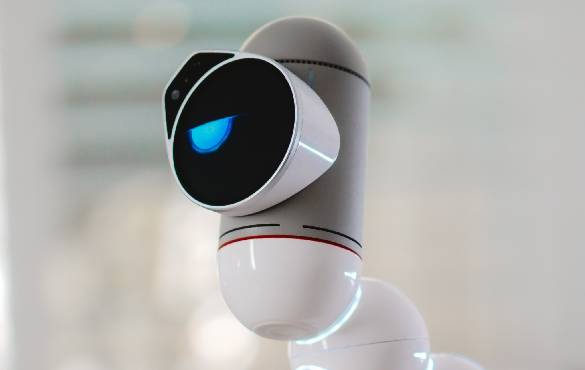
George Jones, Year 2 PhD student talks about how his sensor management research is due to be published and presented at the international symposium of information fusion in Charleston, SC later this month.
Summary
Imagine you have a UAV with a sensor (e.g. a camera) on board and you want to follow a car on the ground autonomously. How would you do this? And even if you could, how would you actually quantify how well it is doing it? This paper uses a very basic example of tracking single target to develop and provide a framework for managing a sensors actions to maintain track of a target.
Importance of the research
There are many ways to quantify how well a tracking algorithm is performing. One award winning method of quantifying this performance is something called the GOSPA metric. GOSPA accounts for the three things we care about when tracking something, how close our predictions are to the actual target location (localisation error), if we do not detect the target (missed detections) and if we think the target is there but it is not (false detections). It combines these three components into an error score that allows us to compare tracking algorithms operating in the same situation. As this metric can quantify performance by using the things we are interested in, we have developed a framework which utilises this metric as a cost function to perform sensor management.
The implications of using this framework are that it is clear what the sensor is trying to achieve, as opposed to other documented methods which are not as clear cut as to what the sensor is trying to optimise for. Having a cost function based on GOSPA opens the possibilities to non-myopic planning, a method of looking further into the future to consider the long-term impact of decisions and treating them as sequentially interdependent events, as the natural world dictates.
What comes next?
The successor to this research will be to extend it to non-myopic planning. Meaning that the sensor management algorithm will look further in the future, considering the long-term impact of its actions. This allows sensors to have the ability to move around obstacles whilst still maintaining track of a target as it is able to anticipate that beyond the obstacle, the target may still exist. Post non-myopic planning for the basic case, we look to extend this work to multiple targets and potentially multiple sensors also.
This paper will be published as part of the Fusion 2023 Conference.